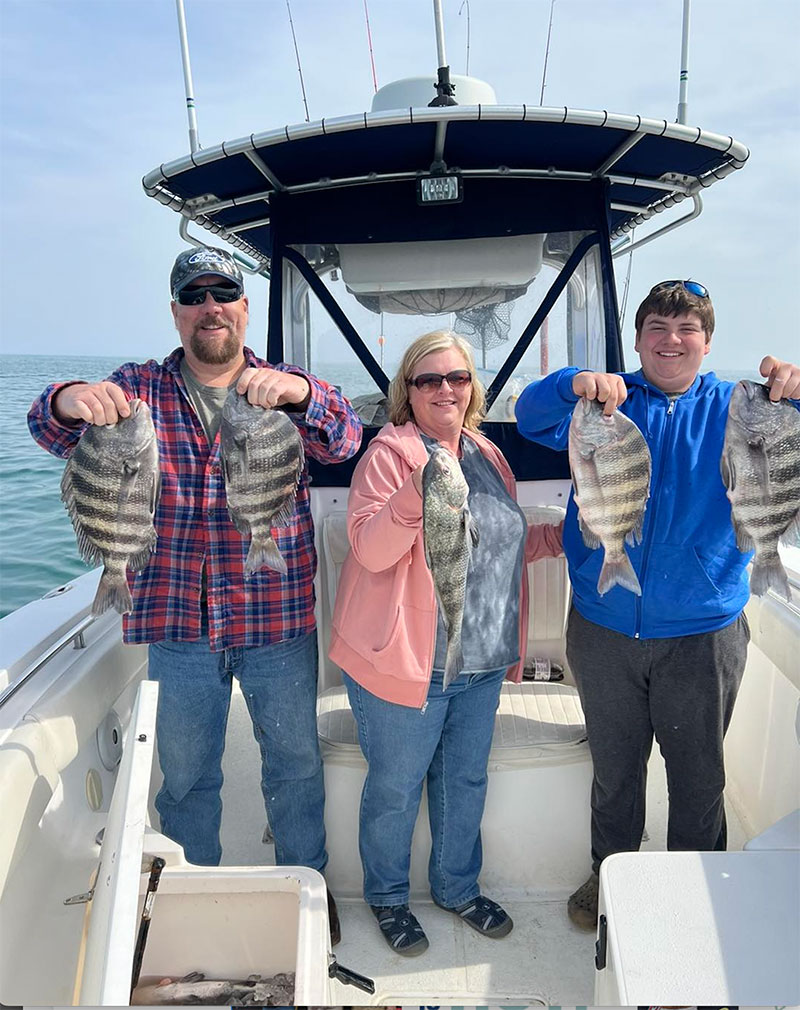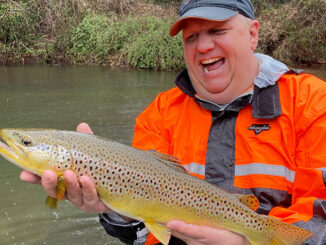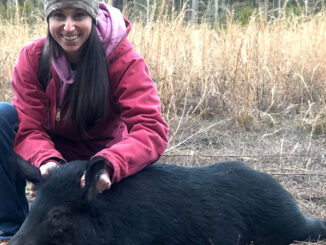
Nearshore reefs are full of hungry sheepshead
Plenty of saltwater fish are in play for anglers along South Carolina’s Grand Strand, including sheepshead, as March opens the door to spring.
Capt. Justin Witten of Ambush Sport Fishing Charters in Murrells Inlet said sheepshead are often the most consistent-biting fish this month, when radical shifts in weather can turn some species on and off from one day to the next.
“The nearshore reefs up and down the coastline are prime target areas for sheepshead this month,” said Witten.
These reefs, made up of shipwrecks, sunken debris, and man-made structures, are home to many different species of fish in March, but Witten said sheepshead are often the most aggressive.
“We catch most of them on fiddler crabs, but some reefs are more consistent than others,” he said.
Witten’s preference is to fish reefs that are in about 40 feet of water. But it’s not necessarily the depth of water that makes the fishing better.
“The reefs at that depth are farther from shore and take more time to get to. So fewer anglers target those reefs, especially when the weather isn’t exactly perfect,” he said.
The key, said Witten, is that they are less pressured by other anglers.
Even on the best, least-pressured reefs, Witten (843-685-9910) relies on trial and error.
“These fish move around a good deal on the same reefs. They’ll set up in big numbers on the downcurrent side one day, then on the upcurrent side the next. Or they’ll simply leave the tallest part of that reef and hunker down on the shortest section,” he said.
Finding the hottest spot on any given reef is a daily task.
“I’ll start off fishing the biggest piece of structure on a reef, after scanning the reef with my electronics. Then I’ll give it about 20 to 30 minutes. If I’m not catching them in steady numbers, I’ll move. I’ll stay on that same reef, but will anchor my boat so that I’m fishing a different part of it,” he said.
A camera can help
To save time, Witten sometimes uses a submersible camera to find the fish. But this only works when the water is clear enough.
“Using a camera is by far the easiest way to find the fish, and it’s something that pays off big time when the water is clean enough to see. Unfortunately, some days, it’s just too murky or dirty to use it,” he said.
Witten also said that other fish on a reef can also make it difficult to catch sheepshead.
“Lots of black sea bass and other fish are on these reefs, and your bait often has to pass by them before getting to the sheepshead. So you’ll get a lot of bycatch on some days. But that isn’t necessarily a bad thing. We catch some keeper-sized black sea bass on some trips, and we also catch our share of good-sized black drum,” he said.
Witten said Carolina rigs with No. 1 or 1/0 J-style hooks, a 16-inch leader, and an egg sinker heavy enough to drop your bait straight down are all keys to successful reef trips.





Be the first to comment